The Truth about SeaWorld
The animals at SeaWorld are abused and breeded for entertainment.
Imagine a picture perfect day, then all the sudden you get captured and locked up in a small, dark, cold cage for days on end. Your new home is one-millionth the size of your old home. It sounds like something extreme, but this is exactly what happens to whales and orcas taken to SeaWorld.
SeaWorld is a theme park with locations in Orlando, San Antonio, and San Diego. The website says they are “committed to animal care, rescue, rehabilitation, and return” (seaworld.com). Although, the “return” part of their message is questionable. SeaWorld is notorious for capturing whales and orcas out of their pods and keeping them captive for decades.
“There are 57 [orcas] in captivity as of August, and at least 166 have been taken into captivity since 1961” (us.whales.org). Capturing sea life is an epidemic that has been spreading around the world for too long.
To start, SeaWorld’s tank sizes for their whales and orcas are not big enough. They proposed tanks for the orcas that are 350 feet long, and 50 feet deep. Right now, their tanks are only 35 feet deep. In the wild, orcas dive up to 1,000 feet and travel at least 100 miles a day.
“In order to swim that distance in SeaWorld’s new tanks, the orcas would have to swim more than 1,500 lengths back and forth each day” (seaworldofhurt.com).
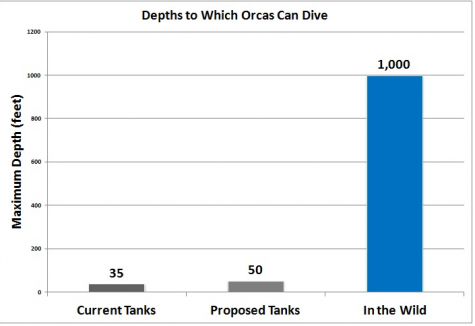
Instead of using these subpar tanks, orca experts have suggested that orcas get to stay in coastal sanctuaries or sea pens.
“In seaside sanctuaries, they could still be monitored and cared for, but they would be able to feel and experience the ocean and interact with other marine life—a far cry from the chemically treated water of SeaWorld’s tanks” (seaworldofhurt.com).
SeaWorld tears animal families apart, breeds them, and imprisons them causing depression, aggression, and self-harm. According to us.whales.org so far 43 orcas have died in captivity at SeaWorld.
According to seaworldofhurt.com, orca hunters have cut open the stomachs of five orcas to fill them with rocks, and put anchors around their tails to make them sink to the bottom of the ocean, in the hope that their deaths wouln’t be discovered.
The breeding of orcas at SeaWorld is also a large issue, “SeaWorld masturbated Tilikum over and over and forcibly impregnated female orcas with his sperm.” (seaworldofhurt.com).
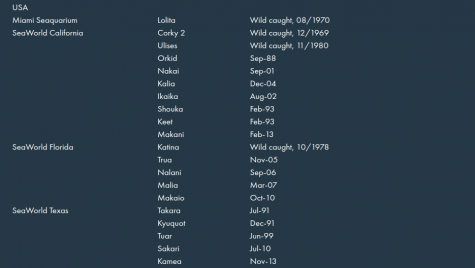
SeaWorld doesn’t only abuse the whales and orcas, “In 2015, SeaWorld shipped 20 penguins via FedEx on a 13-hour journey from California to Michigan, transporting them inside small plastic crates with air holes and forcing them to stand on blocks of ice.” (seaworldofhurt.com).
SeaWorld is also guilty of separating families, they broke apart two bonded polar bears after they’d spent 20 years together. One of them died two months later probably with a broken heart. (seaworldofhurt.com).
In the last decade, there are seven orcas who SeaWorld held captive that died at an average age of less than thirteen. Although in the wild, they would have lived 30-50 years. Some orcas even live to be 100.
The orcas held in captivity have shown signs of aggression when they are frustrated or find their environment boring. Tilikum, a killer whale discussed above, killed a veteran animal trainer whose dream was to work at SeaWorld Florida.
“SeaWorld said that 26-year-old male Tilikum pulled Dawn Brancheau, 40, into the orca’s tank about 2pm. Witnesses said that the animal suddenly grabbed Brancheau by the upper arm, tossed her around in his mouth, and pulled her beneath the water as dozens of tourists looked on in horror. The coroner catalogued a fractured neck, a broken jaw, and a dislocated elbow and knee.” (freemorgan.org).
Aside from aggression to others, the animals also show signs of self-harm. According to seaworldofhurt.com “In 1978, SeaWorld captured two sharks from the ocean and put them in an enclosure. Within three days, they’d run into a wall, sunk to the bottom of the enclosure, and died”.
According to worldanimalprotection.us stereotypical responses of dolphins and orcas in captivity include floating lifelessly in their tanks, irregular aggression to tank mates, and self-mutilation.
The size of the tanks, the abuse, and the aggression of animals at SeaWorld are obvious signs that they should be released. Unfortunately, this isn’t always possible. “Following long spells in captivity, some may be too physically or mentally scarred to survive without human care” (us.whales.org). This goes to show that the animals should never have been held captive in the first place.
Although this may be true, their inability to survive in the ocean is no excuse to keep them in shows.
“These individuals should be offered the chance to retire and live out the remainder of their lives in a safe enclosure in a natural cove or bay, where their health and welfare needs are taken care of, they can display more natural behaviour, they do not have to perform in shows, and public observation is only from a distance.” (us.whales.org).
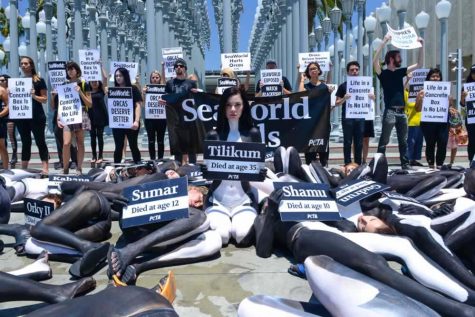
Movements such as Empty the Tanks and Boycott SeaWorld have made many changes already, decreasing SeaWorld’s guests. These are programs focused on helping dolphins, whales, and orcas escape captivity, especially in SeaWorld. These outlets and many more give resources to donate, sign petitions, and more ways anyone can help.
Your donation will support the student journalists of Elkhorn North High School. Your contribution will allow us to purchase equipment and cover our annual website hosting costs.


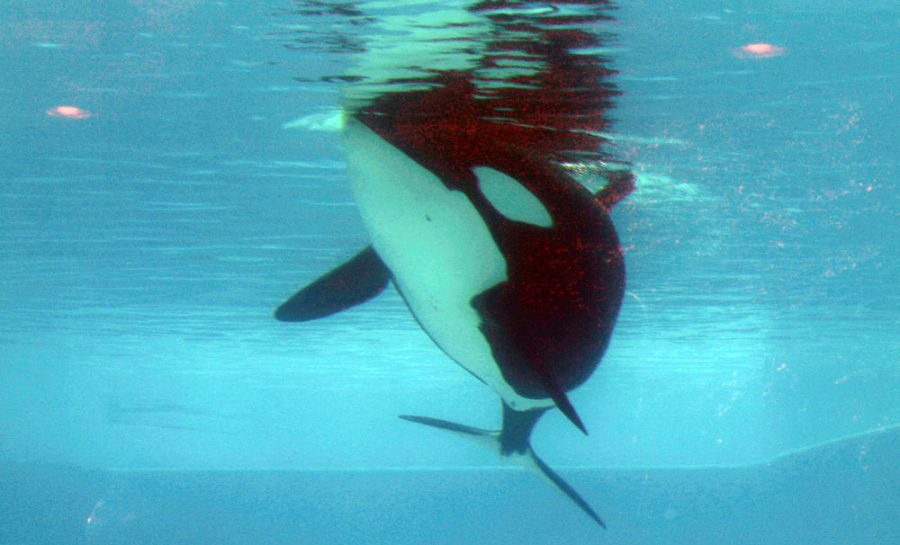






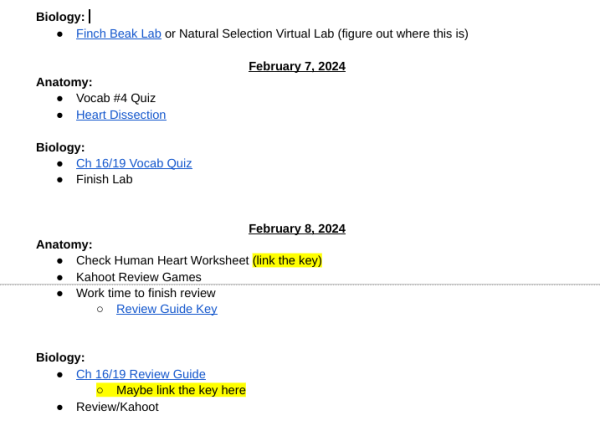
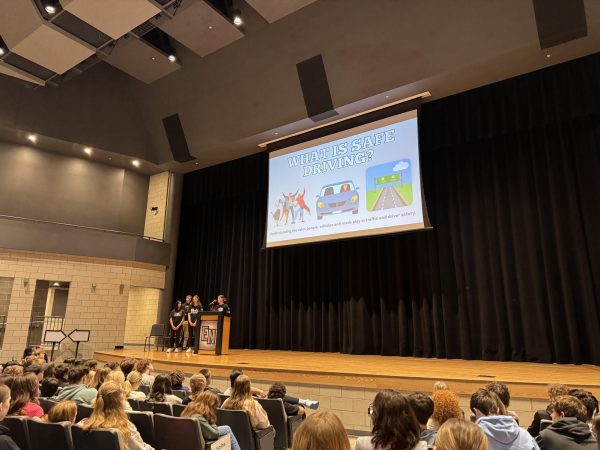





maggie • Sep 9, 2022 at 9:18 AM
truth there horrible if people were to see the truth they would been shut down years ago.
Jane Frost • Sep 27, 2021 at 10:36 PM
Great article!! Interesting facts on Sea World but very sad!!